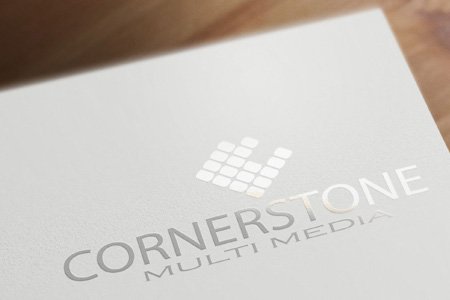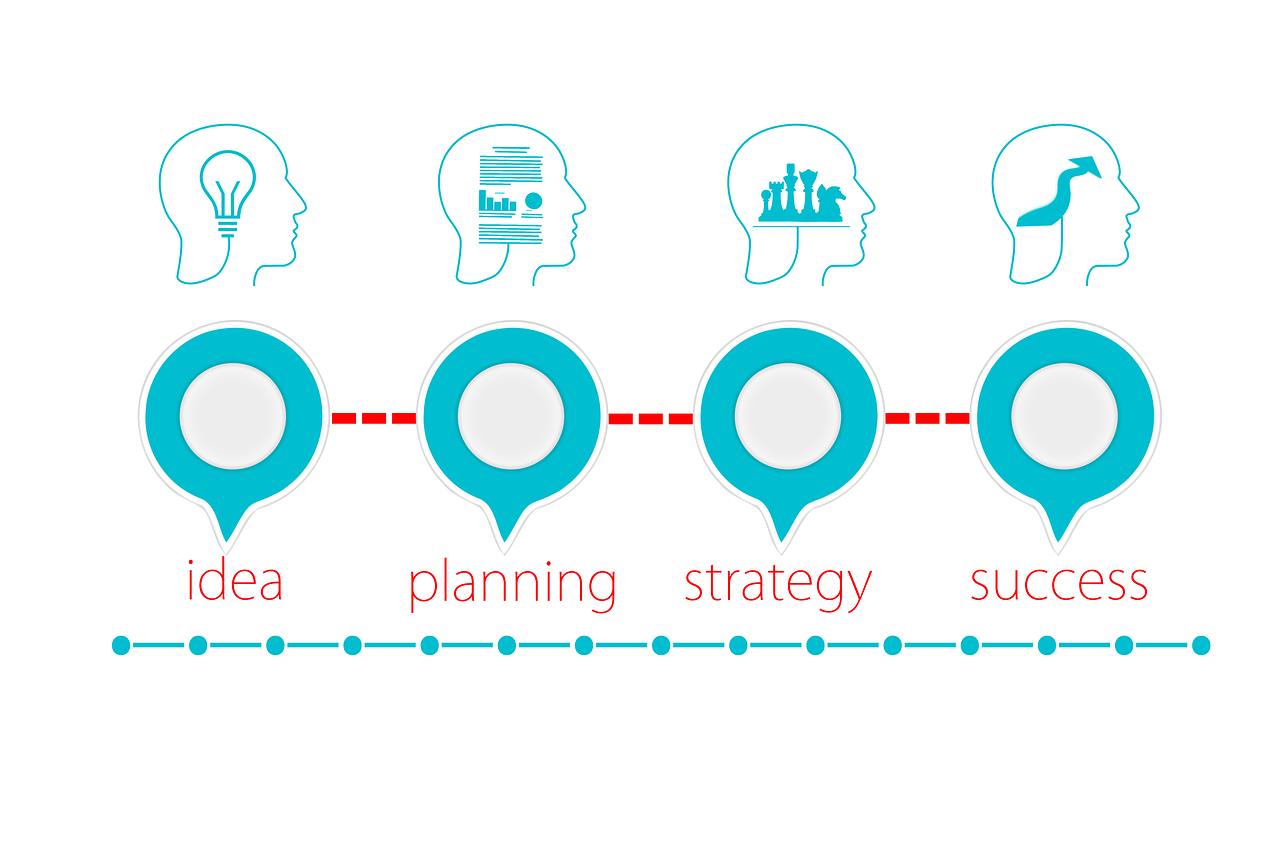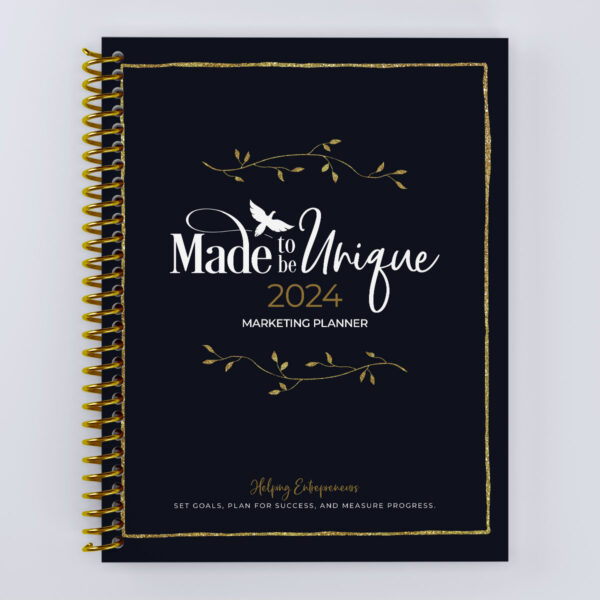Capitalization is an important aspect of writing, and using it correctly on your website contributes to clarity and professionalism. Here are some general guidelines for when to use capitals in titles and sentences on your website:
Titles and Headings:
- Title Case for Headings:
- Capitalize the first and last words of the title.
- Capitalize all major words in the title, including important words like nouns, verbs, adjectives, and adverbs.
- Do not capitalize articles (a, an, the), coordinating conjunctions (and, but, or), and prepositions unless they are the first or last word in the title.
Example: “The Art and Science of Web Design”
- Sentence Case for Subheadings:
- Capitalize the first word of the subheading.
- Capitalize proper nouns and adjectives.
- Keep the rest of the words in lowercase unless they are proper nouns or adjectives.
Example: “The Importance of User Experience in Web Design”
Sentences in Body Text:
- Start of Sentences:
- Always capitalize the first word of a sentence.
Example: “Web design plays a crucial role in creating an engaging online experience.”
- Proper Nouns:
- Capitalize proper nouns, including names of people, places, and specific brands or products.
Example: “John started his own web design company in New York.”
- Titles and Headings within Text:
- Capitalize the major words if you are using title case within your text.
Example: “Our Web Design Services offer a range of solutions for your business.”
- Acronyms:
- Capitalize all letters in acronyms.
Example: “HTML and CSS are essential for modern web development.”
Calls to Action:
- Action Phrases:
- Capitalize verbs and important action words in calls to action.
Example: “Sign Up for Our Newsletter” or “Shop Now”
- Important Notices:
- Capitalize words that you want to emphasize in important notices or warnings.
Example: “Important: Read Our Privacy Policy Before Proceeding”
Exceptions:
- Stylistic Choices:
- Some brands or websites may choose to adopt a specific style, even if it deviates from standard rules. Ensure consistency throughout your content.
Example: “Explore the New Collection” (Where every word is capitalized)
- Informal or Creative Contexts:
- In more creative or informal contexts, you might choose to play with capitalization for emphasis or style.
Example: “Unleash Your Creativity with Our Design Tools”
Remember, consistency is key. Choose a style and stick with it throughout your website to maintain a professional and polished appearance.












